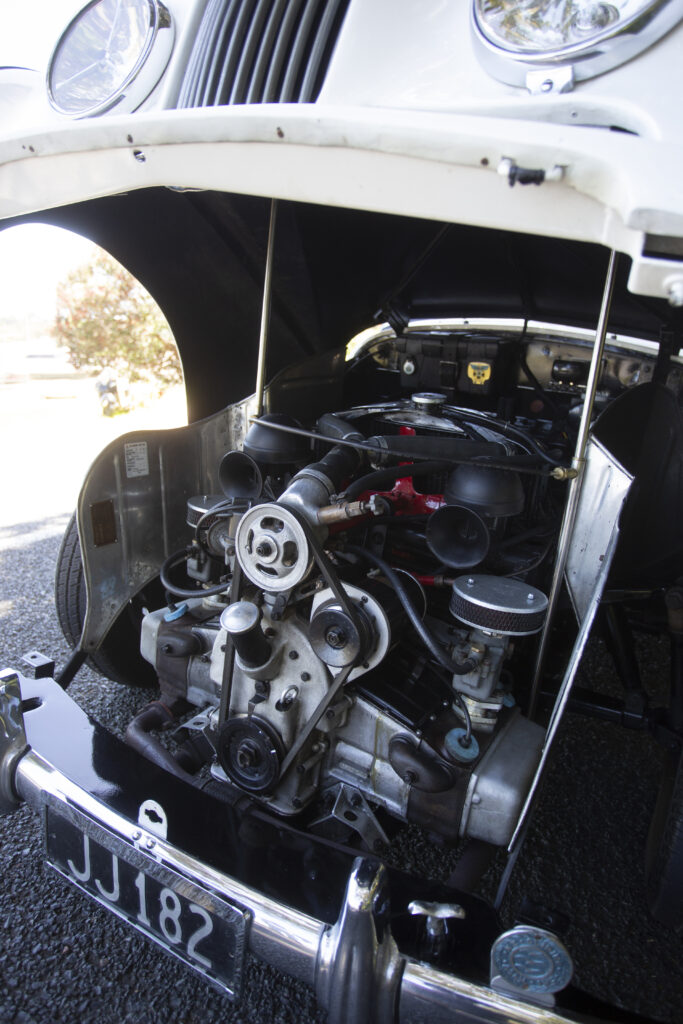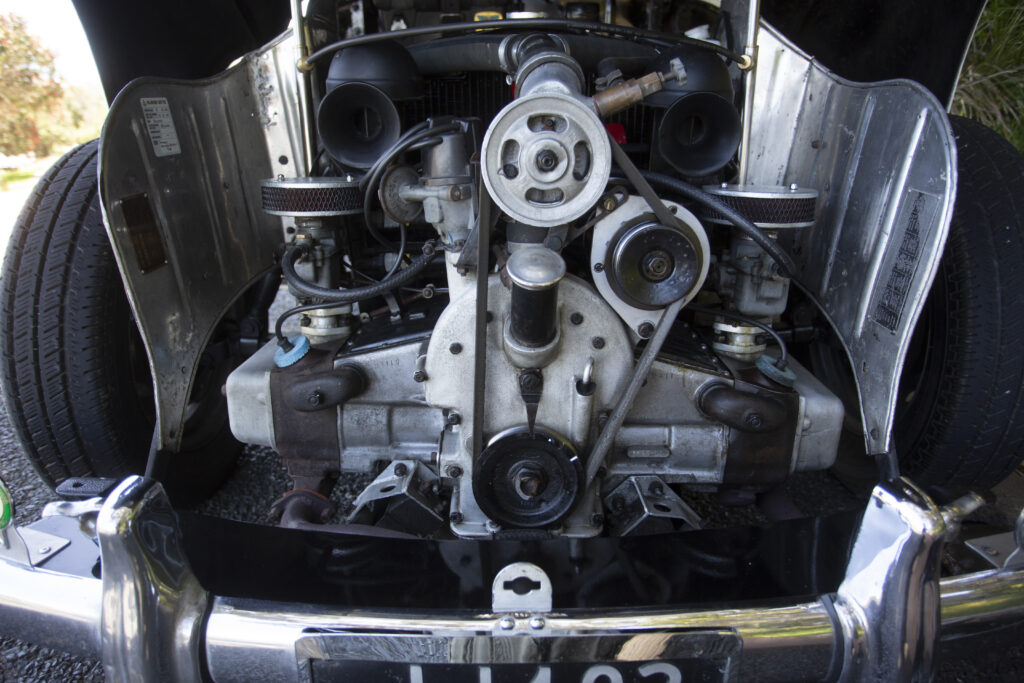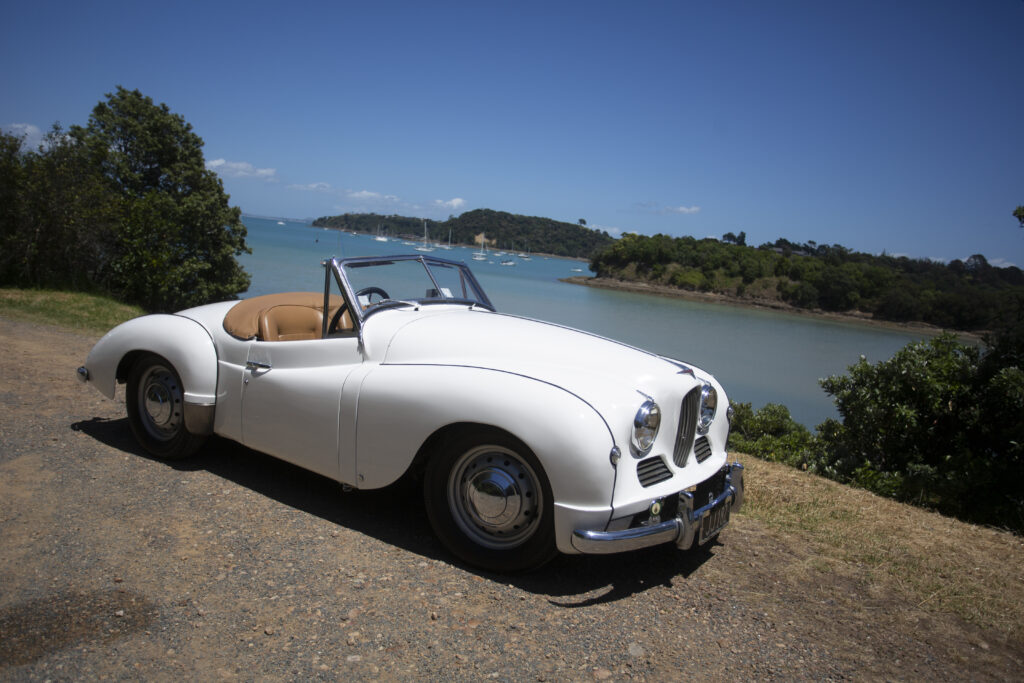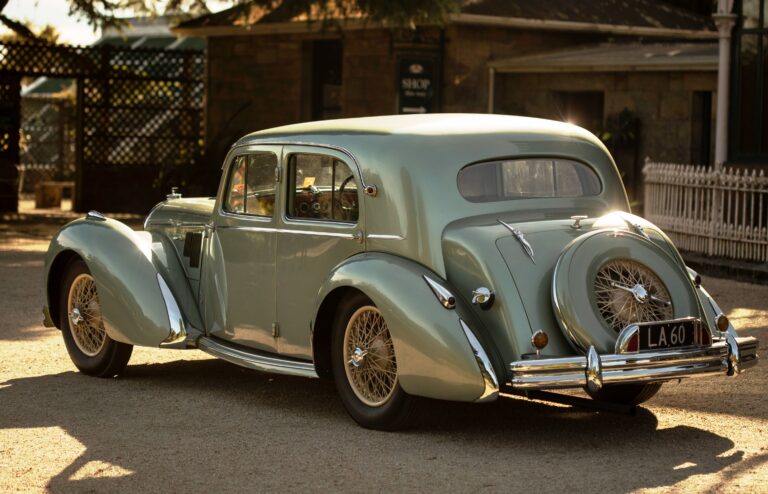The Jowett Jupiter leaped to fame with a lot of the right ingredients, including racing success, but this classic ’50s British sports car was in production for just three years, and only 850 were built
By Ashley Webb
Photography Strong Style Photo
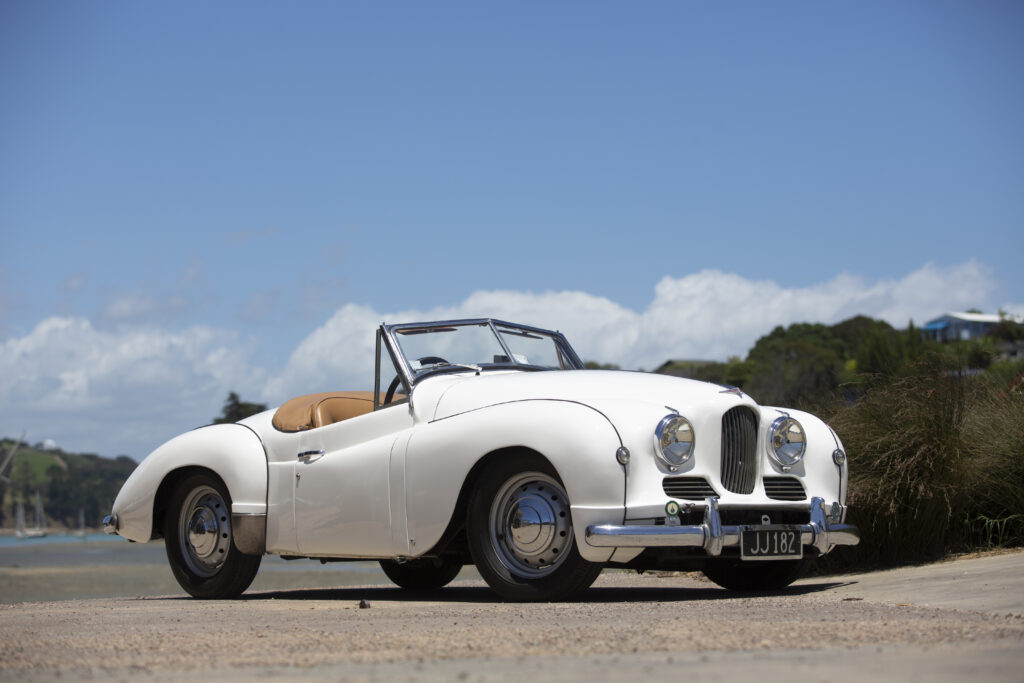

Jowett cars were built in Bradford from 1906 to 1954, when the company ceased trading. Up until 1935, all the cars were powered by the famous horizontally opposed flat-twin ‘little engine with the big pull’. At that point, Jowett went big, launching a new horizontally opposed flat-four engine. In 1940, car manufacturing came to an abrupt halt so that the factory could be switched to the war effort.
In 1942 the Jowett board advertised for a designer to design an all-new post-war model. One of the successful applicants was Gerald Palmer, a young engineering draughtsman who was working at MG at the time. The car he designed was the revolutionary, unitary construction Jowett Javelin, launched in 1947. It was the hot hatch of its day, featuring independent front suspension and the new horizontally opposed flat-four overhead valve 1.5-litre engine, which gave it a top speed of over 80mph. The Javelin became a popular rally car, winning its class at the Monte Carlo Rally in 1949. It also won its class in the Spa 24-Hour race in the same year.
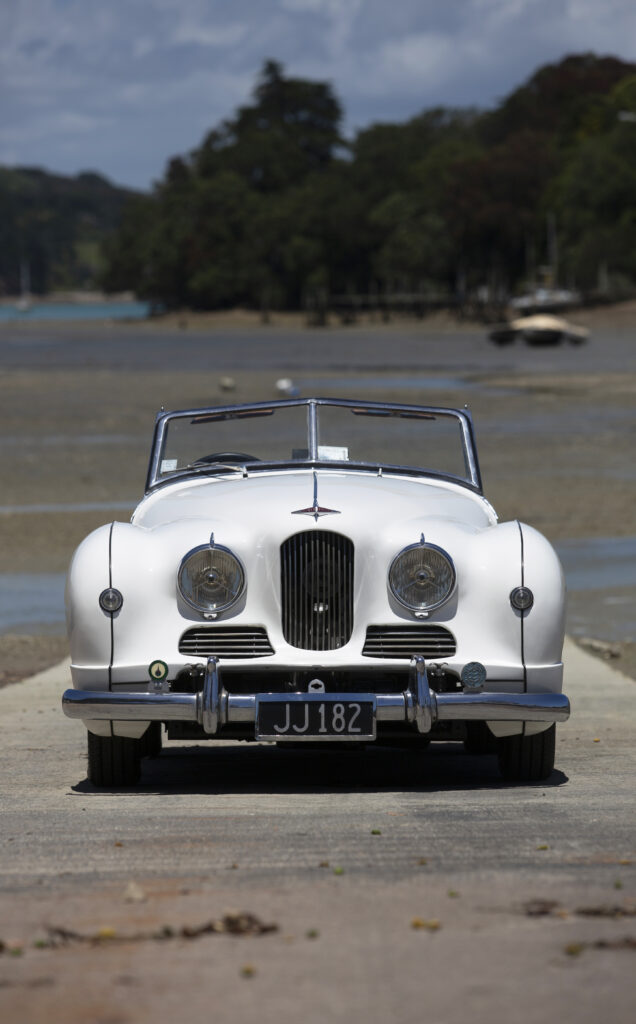
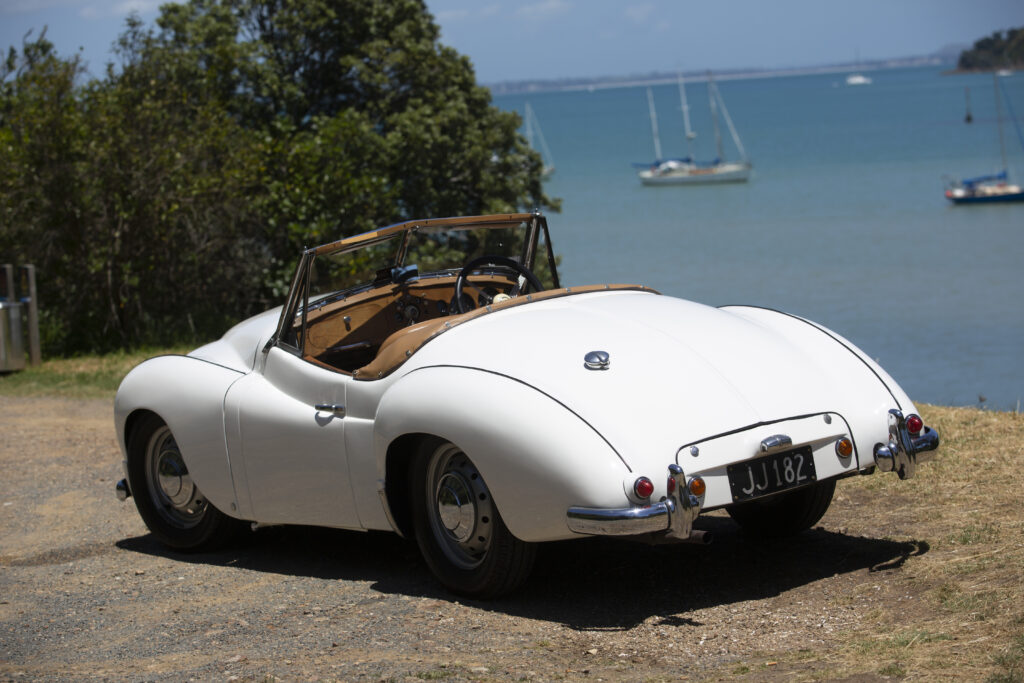
All-out sports
Given the sporting successes of its Javelin saloon, Jowett decided to build an all-out sports car using mostly Javelin mechanicals. The chassis of the Jupiter was designed at English Racing Automobiles (ERA) by Austrian Robert Eberan Von Eberhorst, who had previously worked on Auto Union racing cars from 1933 to 1937.
The brief was to have a rolling chassis ready to display at the Earls Court Motor Show in October 1949, only five months away. The chassis was constructed with large-diameter cross-braced chromium-molybdenum tubing, with anti-roll bars front and rear. Steering was by rack-and-pinion, which gave excellent positive light control. The chassis was ready on time and was displayed on the Jowett stand at the motor show.
ERA had also designed a coupé body for the chassis, which many thought rather ugly and ungainly. It was displayed at the London Albemarle Street showroom, but Jowett wanted an open sports car with modern styling like the Jaguar XK120. The job was given to Jowett’s chief bodywork designer, Reg Korner, in November 1949. He was told two cars had to be ready for March 1950; one for road trials, the other to ship to the USA for the April exhibition. Jowett really thought the car would sell well in the USA as MG TCs, etc. were very popular there and this was clearly a more modern offering. The cars were ready in time; it was a heroic effort by Korner and his team to produce such a tidy and well-finished car in only four months.
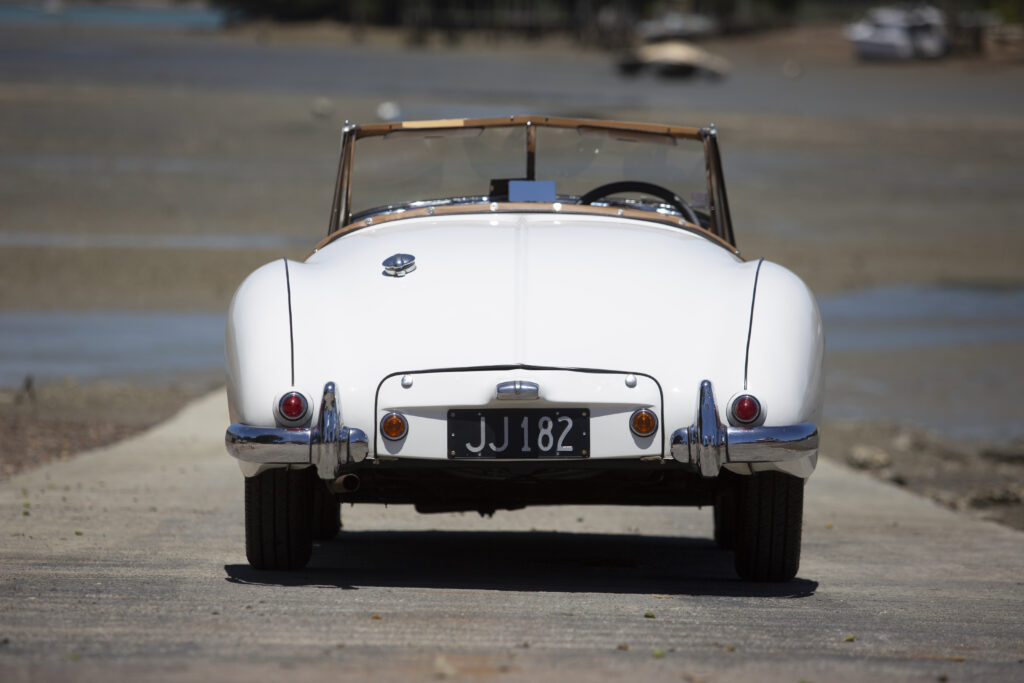
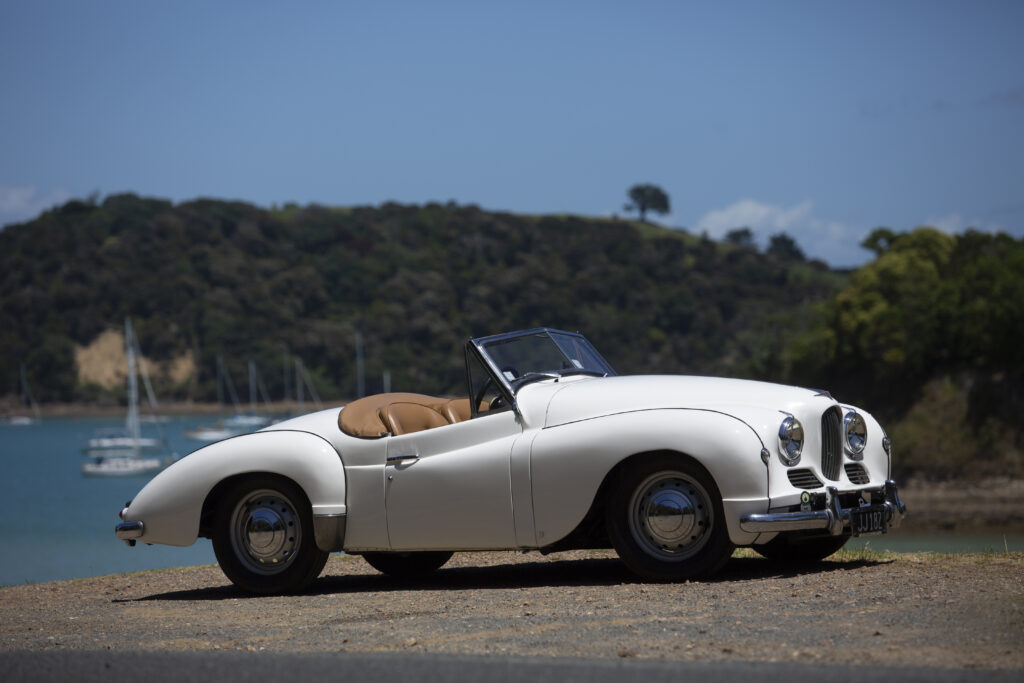
The car that leaped to fame
Jowett took the bold step of entering what was basically an untried and tested car into the 1950 Le Mans 24-Hour race. The car was driven by Tommy Wise and Tom Wisdom. It won the 1½-litre class at a record speed of an average of 75.8mph, covering more than 1819 miles, and the Jowett slogan for the Jupiter — ‘the car that leaped to fame’ — was born.
The Toms won their class again in the 1951 and 1952 Le Mans races — the only three years they entered. Clearly their achievement should have translated into massive sales for Jowett, especially as the car also hit so many classic appeal notes. The 1952 class winner was a specially lightened car known as the R1 Jupiter, one of four built. Jupiters also had class wins in the 1951 Monte Carlo rally and the Watkins Glen race in the USA, as well as successes in many other rallies.
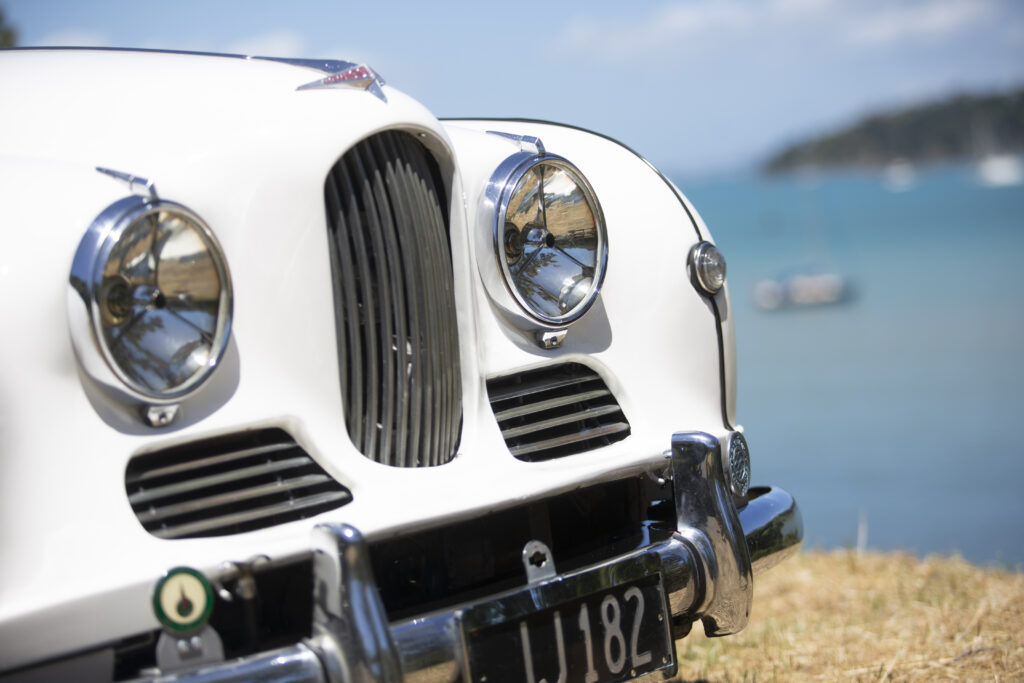
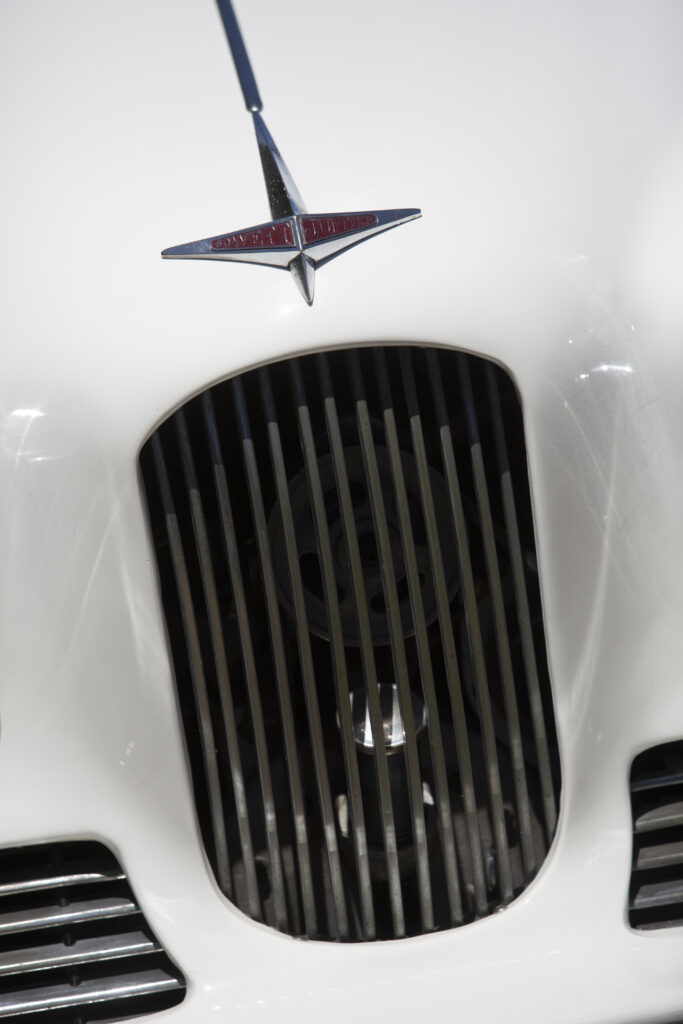
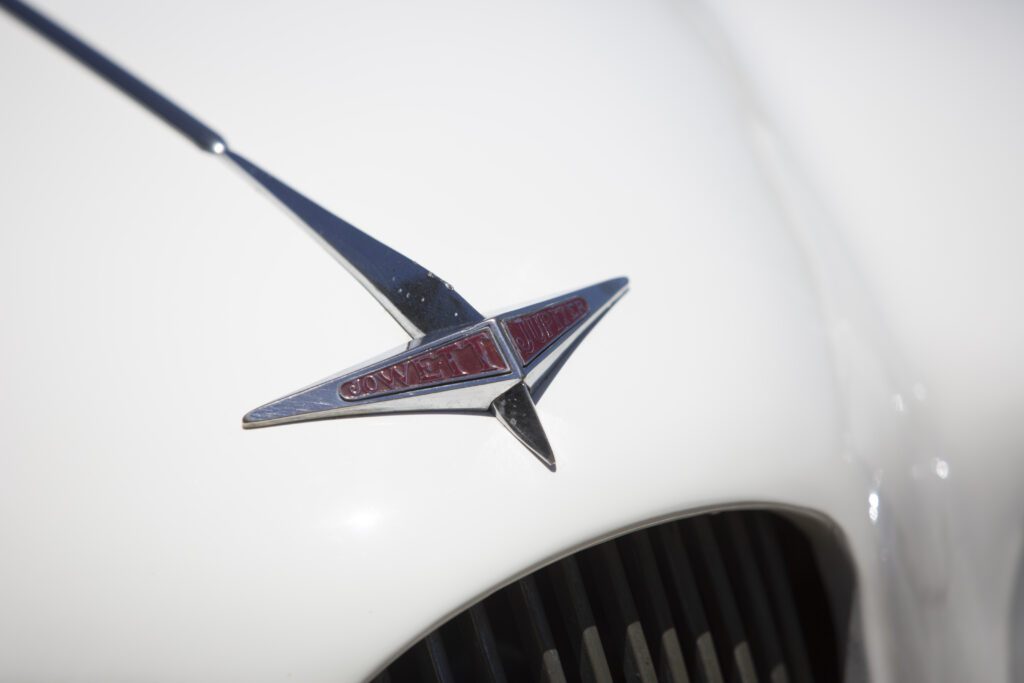
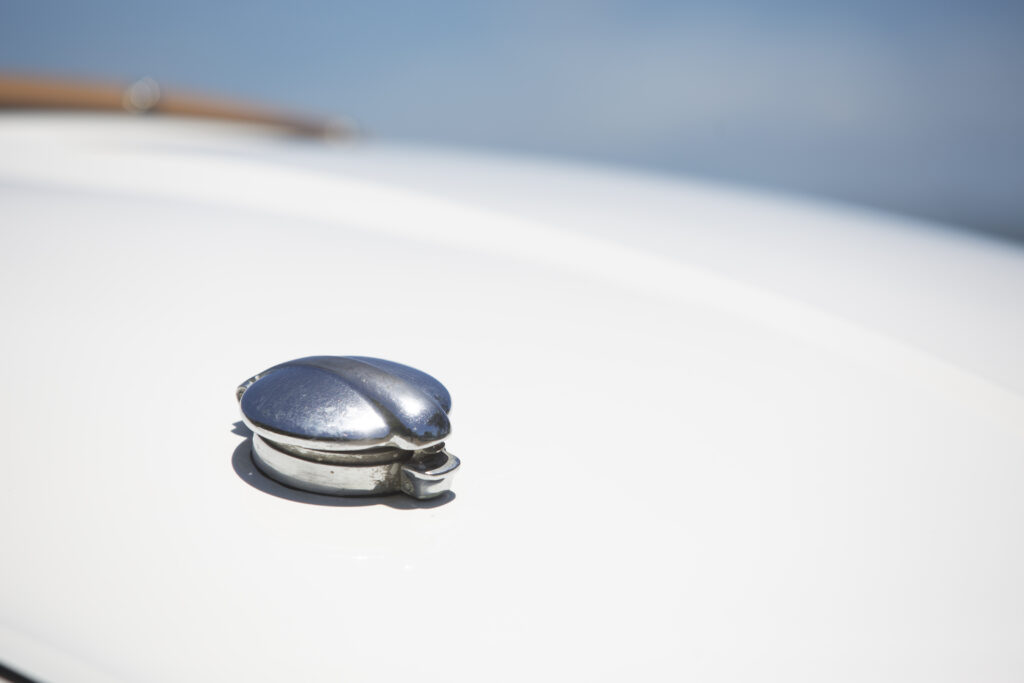
Half-sisters
The standard Jupiter model, known as the SA, or Mark 1, was available from November 1950. It was basically unchanged until October 1952, when the SC, or Mark 1A was introduced. The SC introduced an opening boot — yes, really! — and a more streamlined hood line. Access to the boot space in the SA was only possible by tipping the seat back forward. The SC also had more boot space than the SA but at the expense of the petrol tank, which was reduced from 11 to 8 gallons.
The factory records confirm that 731 SA models were built and 94 SCs. Around 69 rolling chassis were also produced. Most were supplied to coachbuilders such as Abbott, Farina, Ghia, Mead, and Radford. They were built into special-bodied cars in open or saloon form. Well over half of these cars survive today — another remarkable endorsement, considering they are now 70 years old.
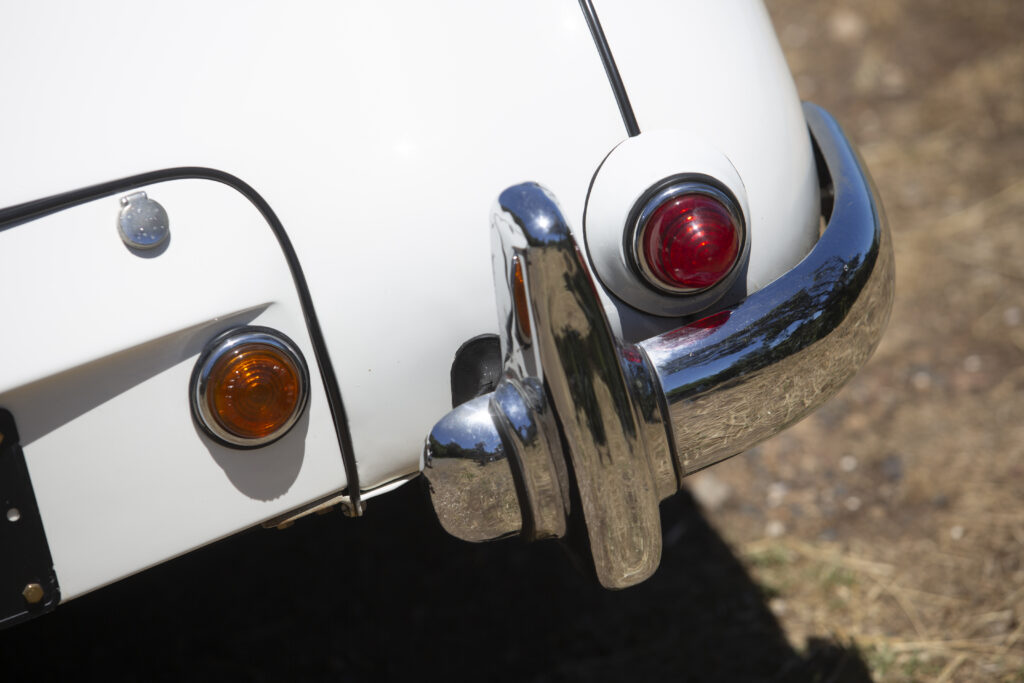
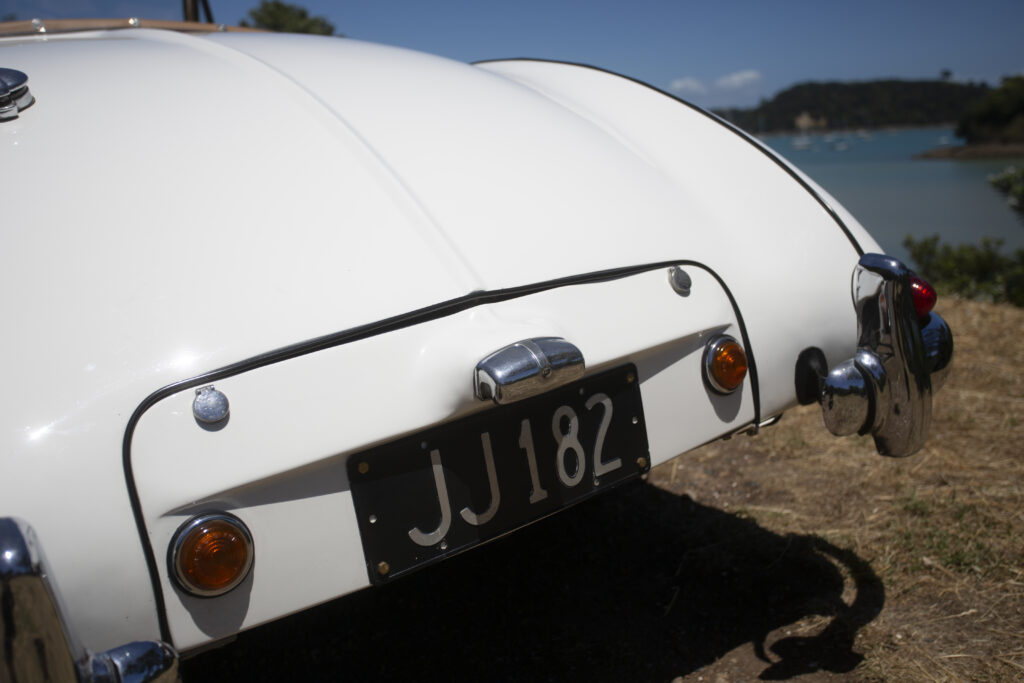
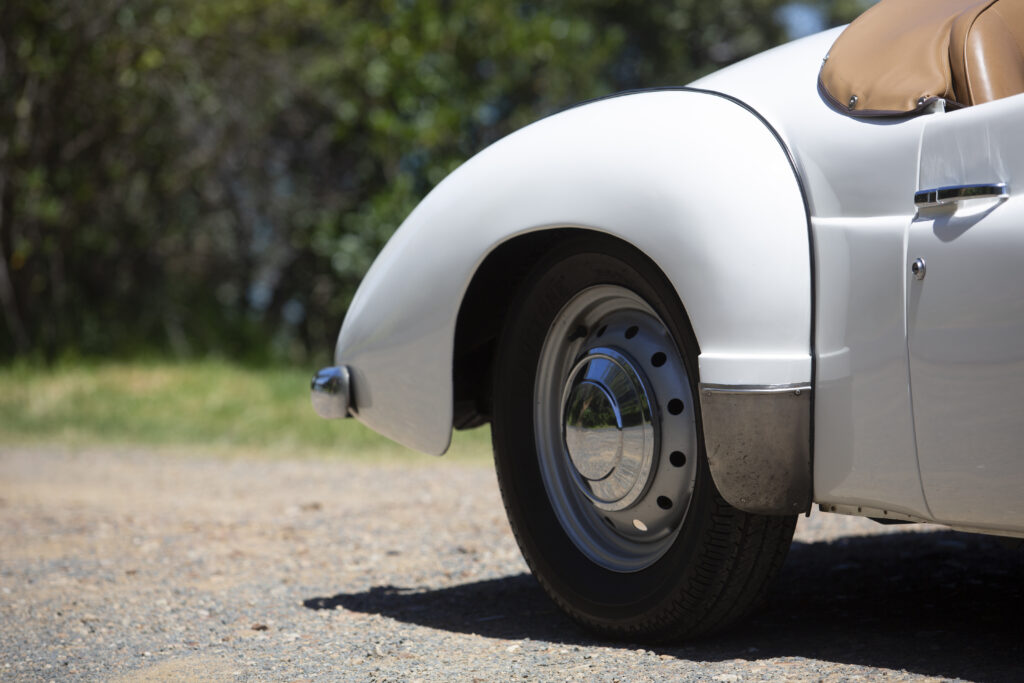
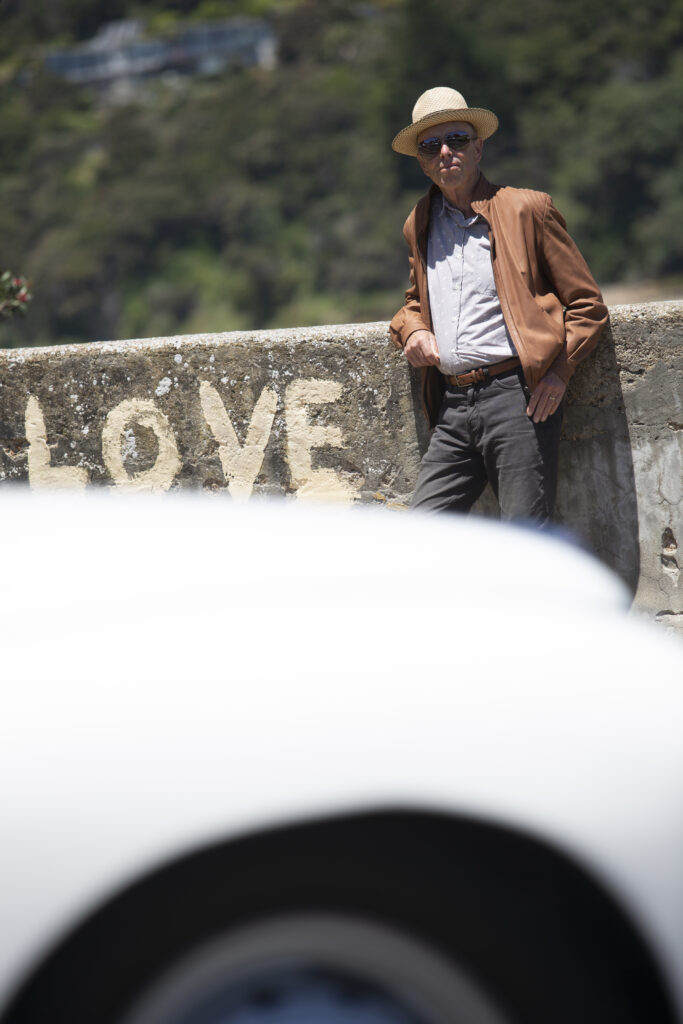
Time to tinker
John Ball has always enjoyed tinkering with old boats and cars. He’s old enough to think having gearbox parts on newspaper on the floor of his bedroom, while the relevant car sat waiting on nail boxes, was a normal part of growing up. His passion has always tended towards old British bangers. He reckons he’s fortunate not to have got caught up in the American muscle scene.
John’s love affair with this Jupiter started in December 2015 when, with some time on his hands during a Christchurch trip, he searched online for ‘cars, before 1970 and in Christchurch’.
“A true classic”, the advertisement read, with a motor recently reconditioned. The body would have been complimented had it been described as “scruffy” and the upholstery consisted of a rear seat out of a Hillman Husky.
John remembers thinking the car was quite ugly with her bulbous bum but that she would be a fun car for his first convertible. Of course, he reassured himself that he would enjoy the original patina and not get caught up in a restoration.
John soon joined the Jowett Car Club and found himself among an amazing group of enthusiasts who knew the car well. They had container loads of parts and heads full of knowledge about all things Jowett.
“Had there been such an award as ‘worst car’ at the car club meetings it would certainly have been mine. Someone also suggested I could win a ‘most improved’ award with very little effort. But mechanically she was great,” John recalls.
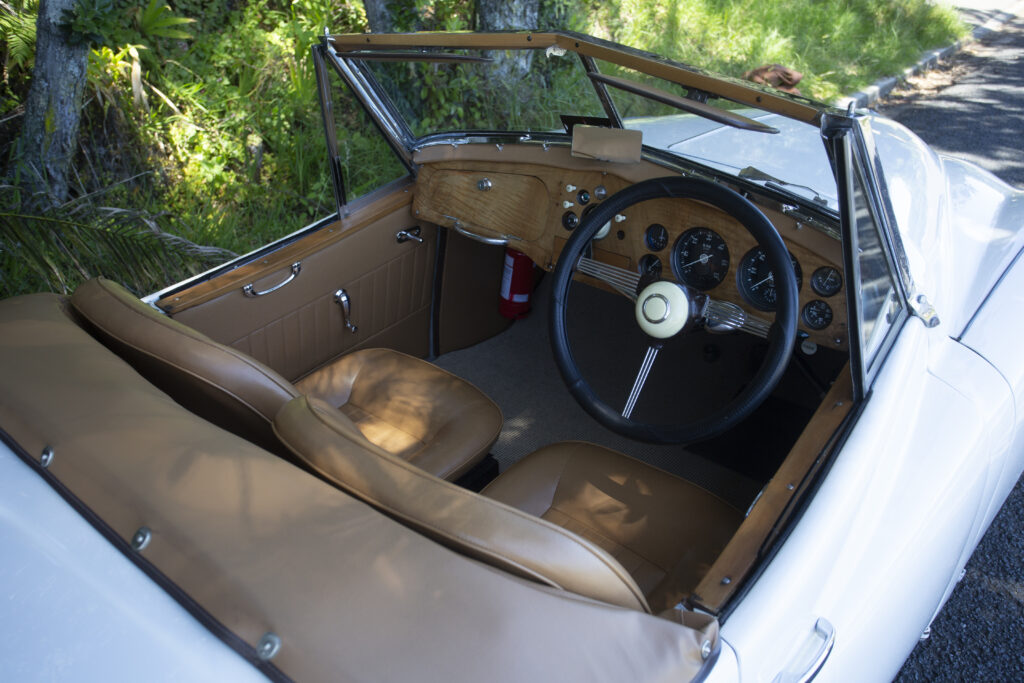
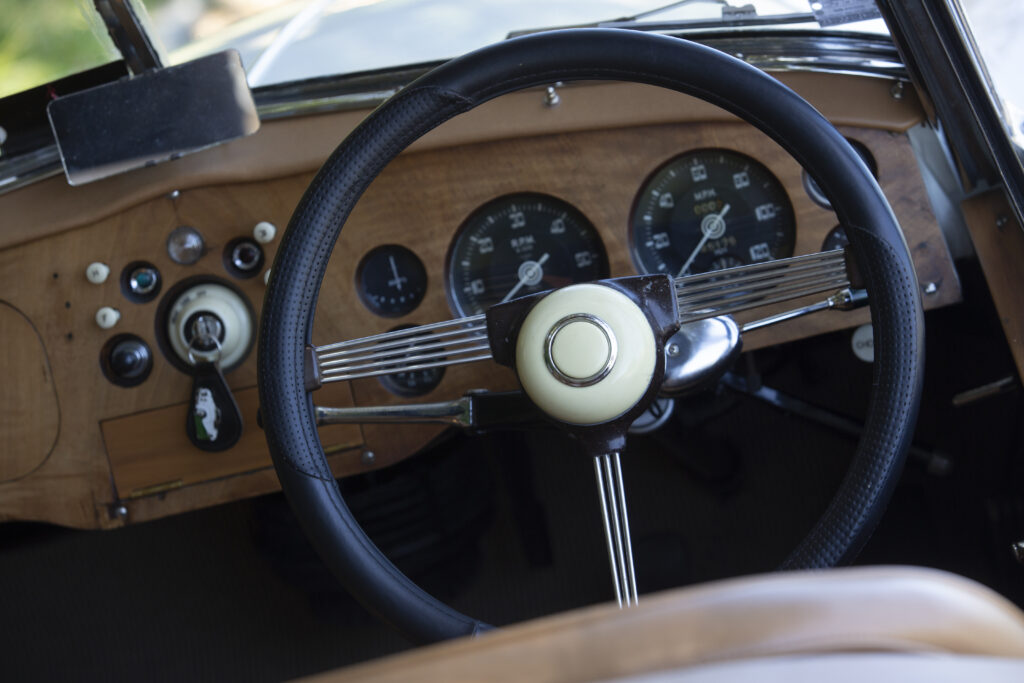
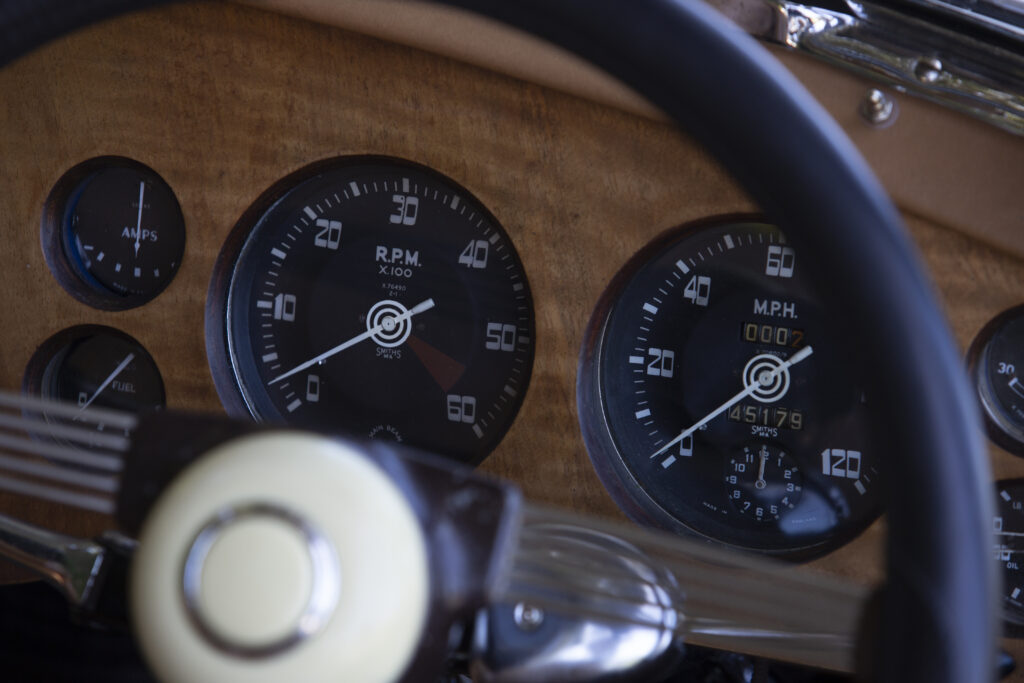
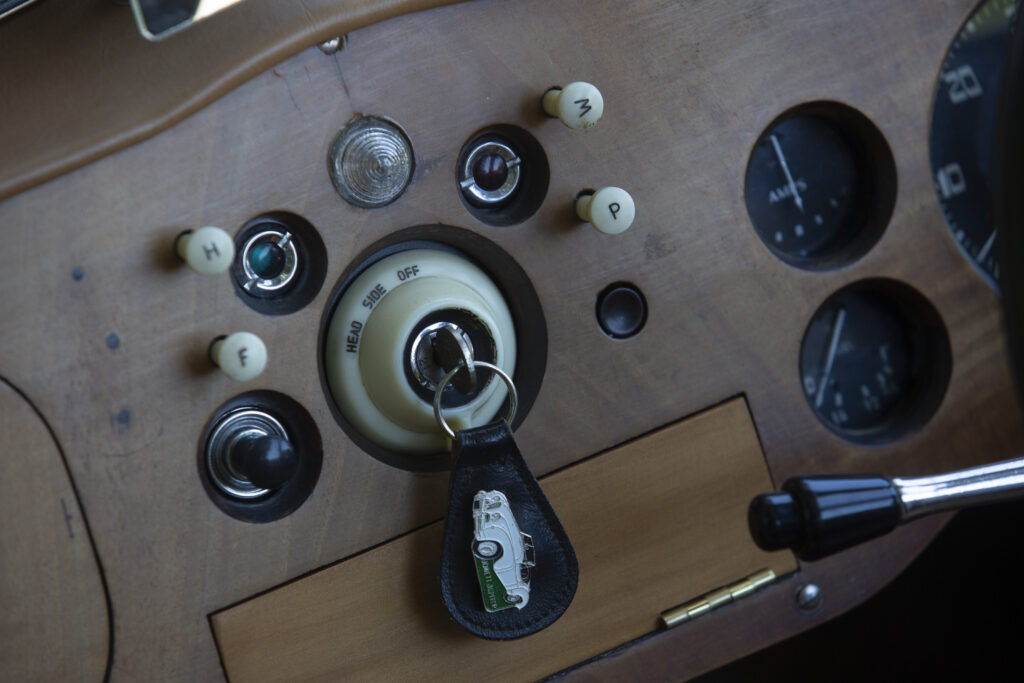
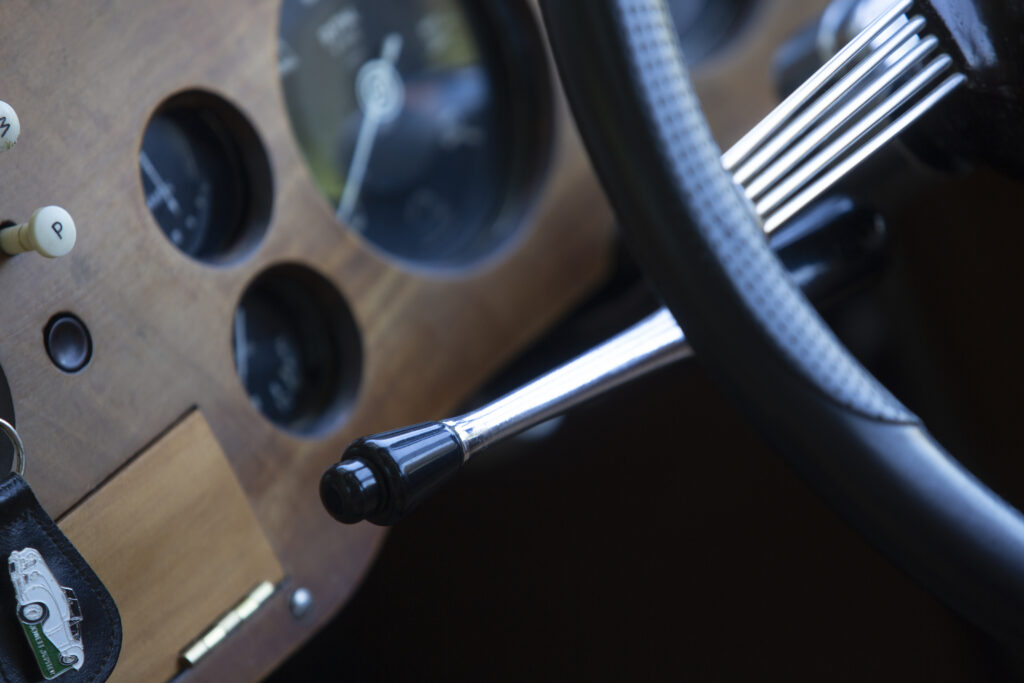
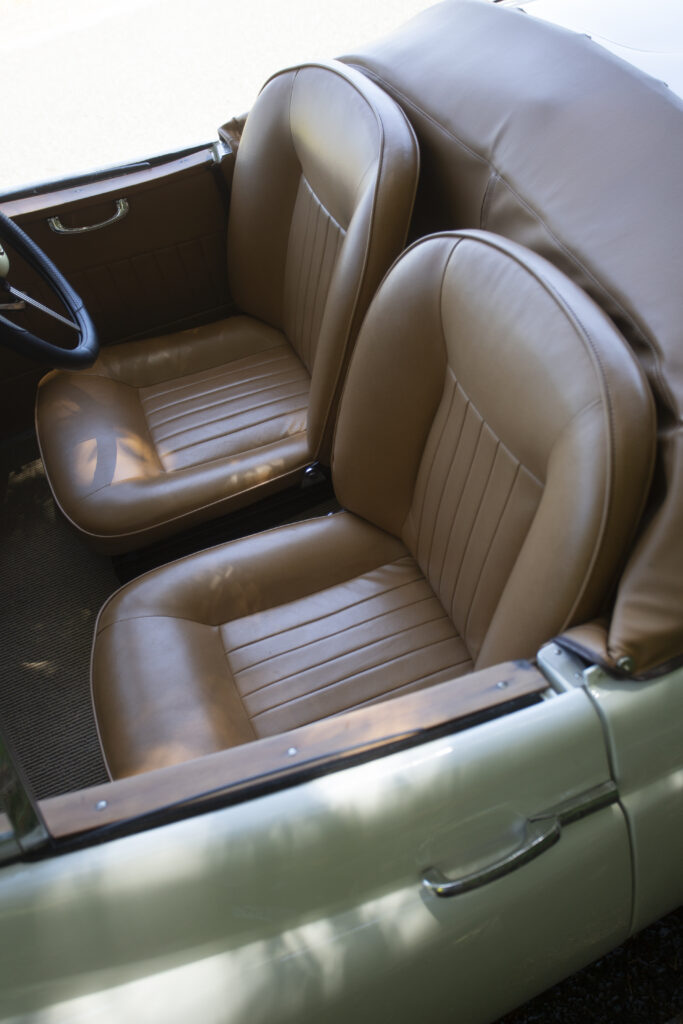
Simply the best
One fateful day John couldn’t resist the urge to drop into TA Panelbeaters in Te Aroha and ask Ash Tanner to give him an estimate for a tidy-up.
“We started the work and I got the inevitable ‘You’d better come and have a look at this’ phone calls,” says John.
It was a case of either putting the patches back or starting a reverse assembly. They chose the latter. Happily, it was not a decision John later rued — 18 months on he was stunned by the finished result.
Ash had arranged for John to stay away during the final paint and assembly, so, at its unveiling, it was transformed in John’s mind almost magically from a painted tube chassis and a pile of parts to a drive-away car.
“I couldn’t believe that I once thought she was ugly!” John reveals.
He has also embraced the Jupiter’s quirkiness.
“The curves are just beautiful — especially that oversized rear end that doesn’t even have a lid to access all that space!”
A few weeks with Dennis at Te Aroha Upholsterers and the interior matched the exterior perfectly. The Humber back seat was replaced with Fiat 850 seats — the go-to for Jupiters that don’t stick with the original bench seat. The interior panels and carpet were made to match.
Since then John has cruised from Westport to Kaitaia in the Jupiter and has never had a breakdown that he couldn’t sort out himself on the roadside. What’s more, he jumped straight over ‘most improved’ and went straight to ‘best Jowett’ at the last club meet.
